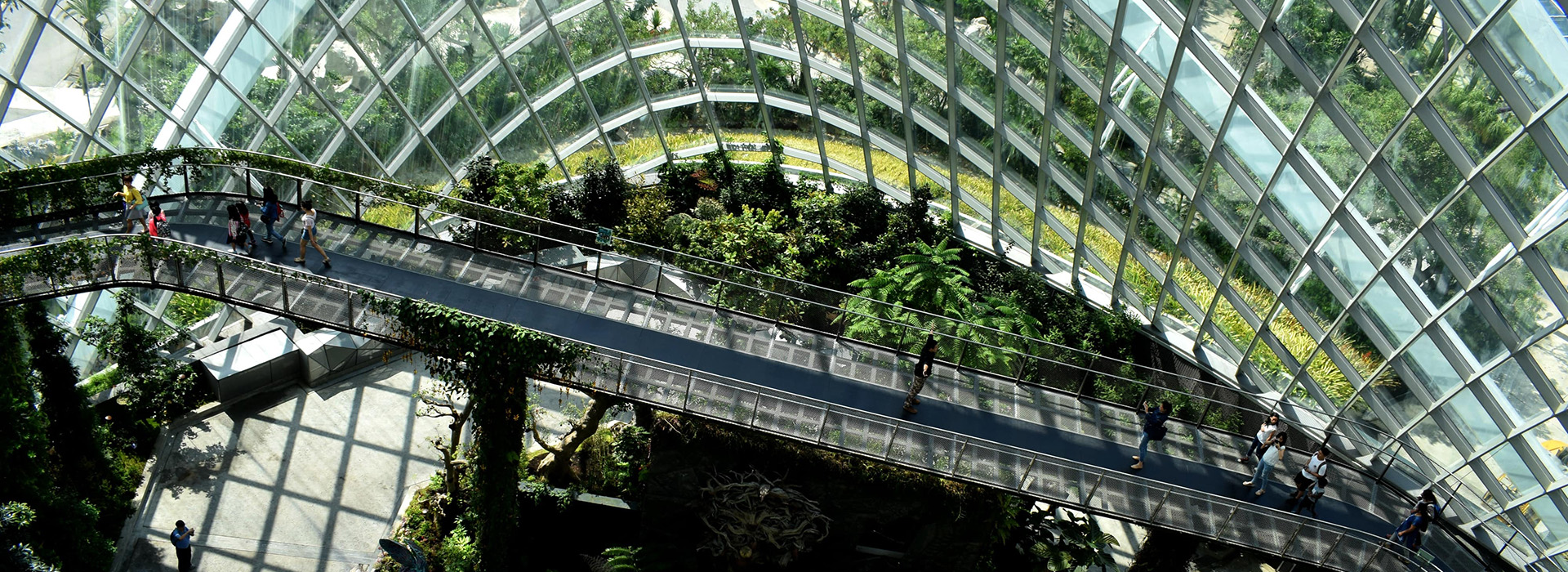How We Can Move From a Linear to a Circular Carbon Economy
Repurposing waste and emissions to make new products, de-fossilising industry, and mitigating climate change are at the heart of creating a circular economy. Here, Dr Célia Sapart, Director Communications and Climate Science at CO2 Value Europe, talks to dss+ about how new ways to manage CO2 emissions and waste, focusing on location, fair regulations and clear communication, can be game-changers.


Dr Célia Sapart
Director Communications & Climate Science, CO2 Value Europe
Q.
Can you describe your vision of a circular economy?
At its essence, a circular economy should allow one industry to create waste that can become feedstock for another industry. This compares to the current linear economy, where most waste goes into landfills and the atmosphere. It requires finding a new way to manage waste, which is a significant challenge. But by rethinking how the industrial concept and business model can work together, a path starts to emerge. For example, is there a business nearby that needs your waste to make new products or are you close to a reliable renewable energy source to convert this waste into valuable products? When we speak about carbon circularity, so how to use CO2 emissions from one industry as feedstock for another, location is key. Ports are good examples as they have large emitters of CO2, renewable energy sources, infrastructure to transport gases and other products and space to allow for the deployment of CO2 conversion technologies to produce, for example, renewable fuels for ships and other heavy transport. So most of the infrastructure required for developing a circular carbon economy is in one place or nearby. This is the concept of industrial symbiosis.
Q.
Climate change and reducing CO2 emissions is high on the sustainability agenda. But what is the impact on business models?
I think a significant benefit of creating a sustainable industry is business survival. An over-reliance on fossil fuels to produce goods and services is no longer a viable business model. Right now, we are releasing gigatonnes of CO2 and other greenhouse gases into the atmosphere and degrading life on Earth. We are very far from the image of the polar bear marooned on ice; today, our entire society and human species are most in danger. So while the first urgent step is to reduce carbon emissions, we need to have an holistic approach and change our collective story of “always more” to a new story based on the essential. But we also need to carefully think about what we do with the emissions we inevitably produce and explore creative strategies such as carbon capture utilisation (CCU) to increase our chances reaching net zero.
"While the first urgent step is to reduce carbon emissions, we need to have an holistic approach and change our collective story of “always more” to a new story based on the essential."
– Dr Célia Sapart, Director Communications & Climate Science, CO2 Value Europe
Q.
Can you explain more about the benefits of carbon capture utilisation (CCU)?
CCU is the concept of capturing CO2 from industrial sources or directly from the air and converting it into products such as building materials, renewable fuels and chemicals or even proteins to make food. So it's using carbon emissions as part of the circular economy. For example, you can create sustainable building materials such as aggregates from construction waste and CO2. In this case, CO2 is permanently sequestrated within the new building material. These aggregates or other materials can be used as a replacement for cement, one of the most carbon-intensive products. So this strategy decreases the carbon footprint of building material and also stores CO2 permanently into valuable products. CCU can even take CO2 directly from the air and capture it in new building materials to create negative emissions.
Q.
It sounds like innovation is vital. Are there any standout innovations that impress, and how can industry benefit?
There are many great projects out there. Synthetic fuels made out of CO2 and green hydrogen are currently at the forefront of creating renewable fuels for sectors such as aviation, where direct electrification is not possible. A significant benefit is that these types of renewable fuels do not require changes of storage, transport and distribution infrastructures as they can be used the same way as fossil fuels. If you then apply the benefits of CCU by capturing any emissions from fuel used to create new products, then there is the potential to make flying a net zero process. So far, Norway is making good headway on developing renewable fuel based on CO2 captured directly from the air, which aims to decrease the carbon footprint of the five leading Norwegian aviation companies by 50% in five years. That's an exciting development.
"You can create sustainable building materials such as aggregates from construction waste and CO2. In this case, CO2 is permanently sequestrated within the new building material."
– Dr Célia Sapart, Director Communications & Climate Science, CO2 Value Europe
Q.
What impact is the regulatory landscape having on boosting the use of technology that promotes sustainable business?
It's currently a question of the technology being ahead of the regulatory landscape. We need a more favourable regulatory and legislative framework that gives companies an advantage when recycling their CO2. At the moment, when you recycle CO2, you still have to pay for it as if it was an emission. So we need to create a framework where CCU is taken into account. The EU's Fit For 55 proposal, which includes a revision of the EU Emissions Trading System (ETS), will hopefully begin to move things in the right direction and open the path to a new and more sustainable industry based on carbon circularity.
Q.
How can improving our understanding of Climate change mitigation help industry move forward?
Clarity of communication is crucial. We need to be clear that there is no magical solution to climate change mitigation. Instead, there are multiple solutions at all levels of our society, and it's essential to focus on combining a wide range of solutions in the most efficient way. These solutions will vary depending on the challenges and constraints of each sector. Still, it's a more productive way of engaging people than pinning hopes on one solution that risks failure and loss of hope and appetite for change. It's also vital that communication avoids creating competition between solutions. Climate change mitigation is a big enough problem to need as many solutions as we can come up with. Language and terminology used also requires thought to avoid misunderstandings and misconceptions. For example, CCU is not about de-carbonising the industry; it's about de-fossilising the industry. It's an important distinction, as the impact of the outcomes are not the same. Finally, being inclusive with communication and looking at the big picture rather than focusing on narrow interests can help to improve engagement on the benefits of a circular economy where everyone has a crucial role to play, including investors, producers and, of course, consumers. Increasingly, people want to see change, so putting the spotlight on the many excellent and varied solutions now in operation that support a circular economy offers hope that a massive change is on the way.
"There is no magical solution to climate change mitigation... it's essential to focus on combining a wide range of solutions in the most efficient way."
– Dr Célia Sapart, Director Communications & Climate Science, CO2 Value Europe